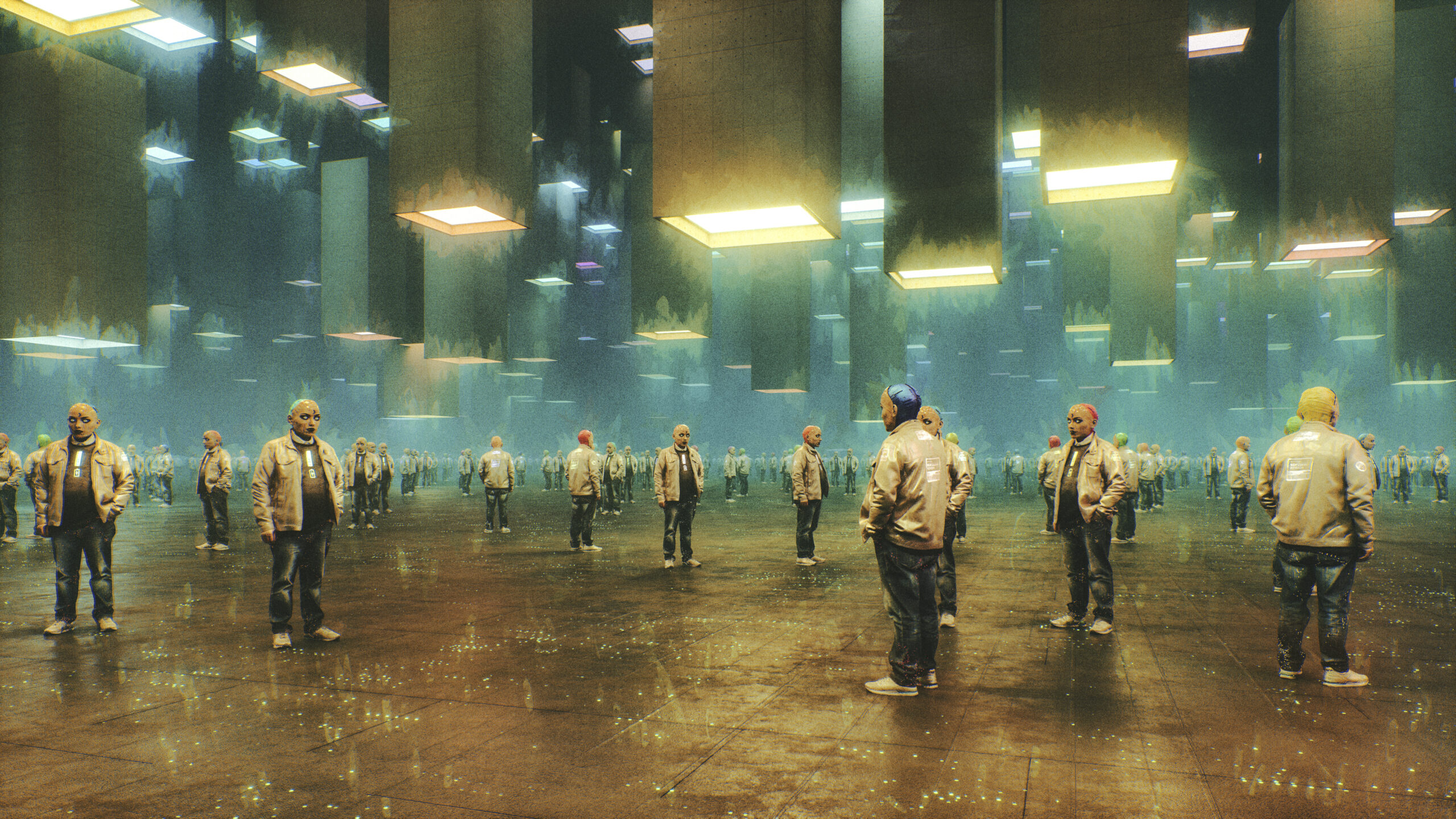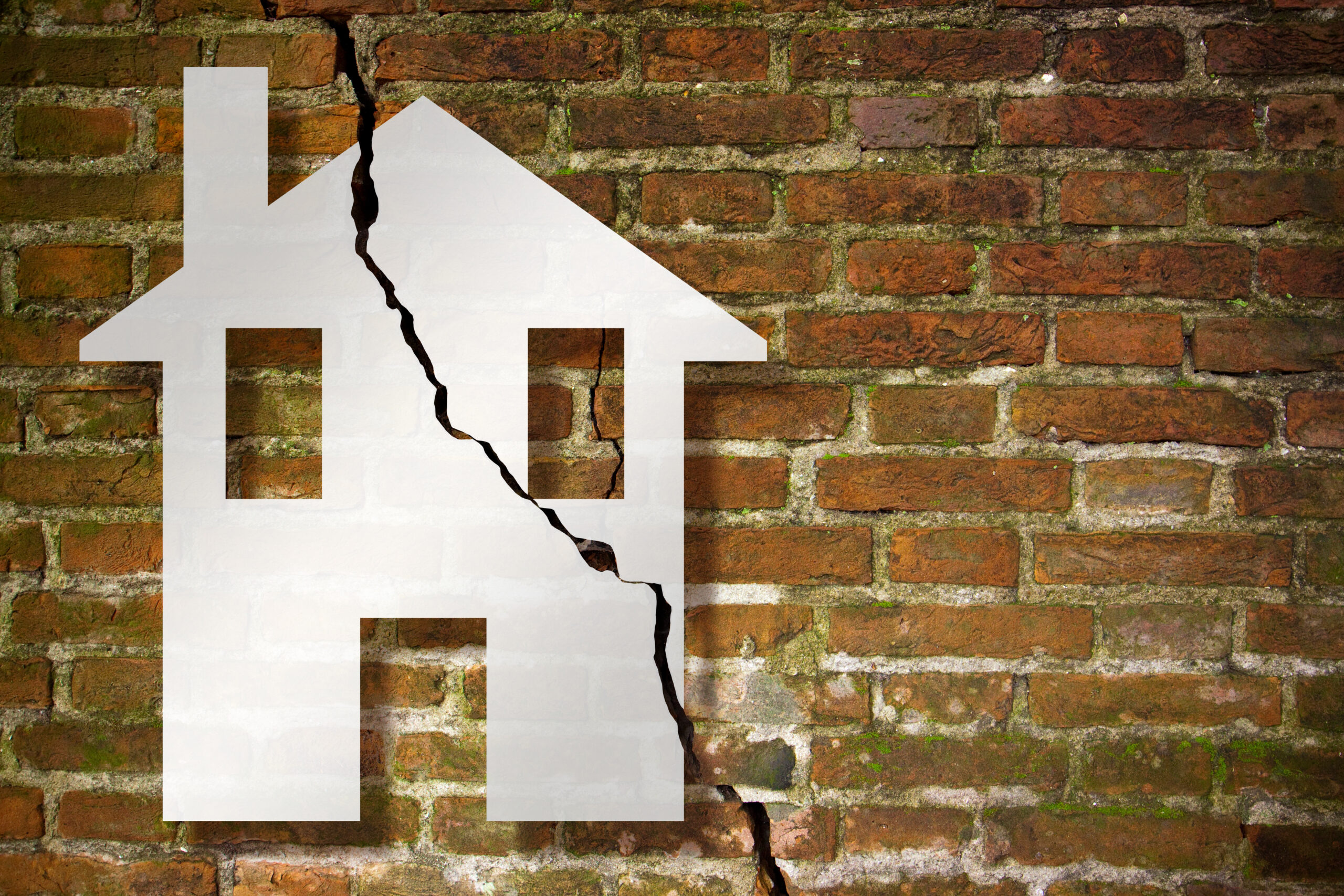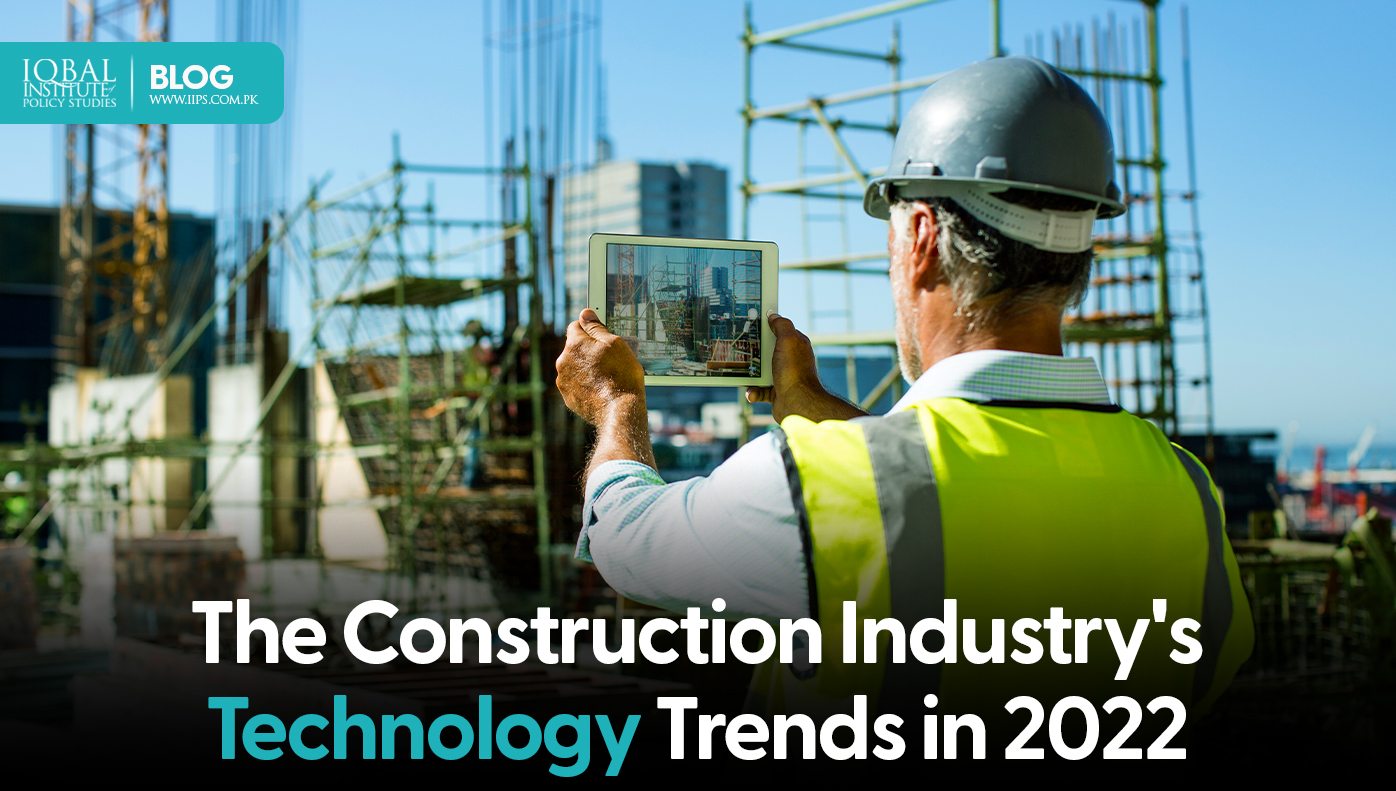We live in a world filled with the most sophisticated and disruptive innovations of the 21st century. The domain of technology is changing the way we think, function, and live our lives. Technology has not only changed the education and healthcare systems but is also playing a prominent role in reshaping the construction industry. Utilising state-of-the-art software, cutting-edge gadgets, and smart devices enhances the efficiency and cost-effectiveness of construction practices.
Technology has also become the basis of sustainable infrastructure development. It helps us plan, shape, and build greener and more self-sufficient urban landscapes for our future cities.
In this blog, we will discuss the latest technology trends in the construction industry, which assist us in adopting the most evaluated and calculated engineering and building solutions to make good use of available resources.
Construction in the Future: Top Technology Trends
Some of the renowned technological innovations in today’s world drive the construction industry towards sustainable, more efficient, and result-oriented techniques. These technologies are:
- Augmented Reality
- Digital Twins
- Business Information Modelling
- 3D Printers and Prefabricated Homes
- Self-Healing Concrete
- Energy-Efficient Structures
Augmented Reality (AR)
Augmented Reality (AR) is the most advanced form of Virtual Reality. AR is used to create a digital copy of a real-world environment, such as apartments or houses, which can then be augmented with digital objects to enhance the existing space. Augmented reality differs from virtual reality in that no special equipment is required to gain that experience. AR is utilised in the construction industry to take snapshots of real-world project sites and add vital information such as interior design, conceptual finishing, and safety hazards.
Moreover, AR helps developers and builders describe their projects to the customers in a vivid and more immersive manner. AR can virtually overlay the entire finishing to help customers better understand what the final project would look like. Apart from this, it is used to create walkthrough buildings and assist buyers in visualising the project in a better way.
Furthermore, builders can utilise this technology during the entire construction process, including the design the construction phase, assessment, maintenance, and renovations. Augmented reality can become a part of the whole construction process.
 The Emerging Trend of Digital Twins
The Emerging Trend of Digital Twins
Technology is becoming advanced day by day with no boundaries. AR can be infused with Artificial Intelligence (AI) to create digital twins representing visual or digital replicas of real-life objects. Combining these two technologies is a significant step forward for the construction industry. These virtual creations using AI-powered digital twins are associated with countless advantages and are not only limited to the construction process.
Digital twins are based on the integration of automation and technology – powered by the Internet of Things (IoT) with different sensors and gauges looped into digital twins. These technologies are being utilised to collect data. The collected data is analysed by an advanced AI system to identify the building usage pattern, which helps control air conditioning and energy needs. Worldwide architecture and engineering experts are creating virtual replicas of entire cities to create self-sustaining urban infrastructure with the help of the digital twin.
 Business Information Modelling (BIM)
Business Information Modelling (BIM)
Business Information Modelling (BIM) is one of the most advanced technology trends in the construction industry. It allows architects and engineers to estimate the time and the material used in the project. Therefore, contractors or builders can visualize the project and gauge how much building material is required to complete the project. Furthermore, this will help in estimating the construction cost and the construction material needed for the building.
Most importantly, the ability to visualize a project through Business information Modelling helps minimise the time it takes to develop a structure and how much labour and construction expenses are necessary for the project. BIM systems can also integrate data from multiple sources and provide access to multiple stakeholders in a project. This helps in cutting down delays in decision-making and makes the use of resources more efficient.
 Use Of 3D Printers and Prefabricated Homes
Use Of 3D Printers and Prefabricated Homes
The construction industry has been transformed due to the tremendous benefits and features of 3D printers. The device is fitted with a robotic arm programmed to construct anything with a three-dimensional shape. Moreover, it will help you build faster and more accurately, bringing down production costs and material wastage.
While Prefabricated houses, which are also referred to as “modular homes” or prefab homes” are the best examples to understand. These homes involve different sections and parts constructed in a factory, which are further transported to the project’s actual location. The pieces are then assembled using heavy construction equipment to build the house.
Countries like China set the best example in terms of the production of prefab homes. To meet the ever-increasing demand for housing nationwide, they are manufacturing 3D printed houses at a large scale and then distributing them in various parts of the country, saving time and resources.
 Self-Healing Concrete
Self-Healing Concrete
Self-healing concrete may sound like a crazy idea from a sci-fi book, but it is real. This concrete offers many valuable uses as it is an innovation that can revolutionise building maintenance. This type of concrete will embed self-activated limestone-producing bacteria in the building material, which, when needed, activates and fixes the cracks in walls, roads, and buildings. Its application is broad and opens new opportunities for sustainability. In addition, this will reduce our reliance on producing more concrete, further reducing maintenance costs and our carbon footprint.
 Energy-Efficient Structures
Energy-Efficient Structures
Developing sustainable and eco-friendly complexes is gaining traction in the construction industry. Thus, people are adopting eco-friendly ways to redesign the urban infrastructure around them. Construction methods emphasize eco-friendly and green solutions through more efficient use of resources while renovating or building a house.
Starting from water conservation with the help of dual-flush toilets, to installing state-of-the-art louvre systems, and then using insulating materials on the exterior of a building to control temperatures naturally, there is a myriad of environment-friendly construction methods that have become a norm these days. In this sense, the energy-efficient approach in construction is focused on cost-cutting and reducing carbon footprint to preserve the natural environment.
 Wrapping up
Wrapping up
These new revolutionising technologies are not just transforming the construction industry but the whole real estate sector. Hence, these technologies are proven to be cost-effective and eco-friendly, specifically self-healing concrete that minimises the maintenance cost. Every stakeholder should keep in mind that these technologies can help in saving both time and money.



Leave a Reply